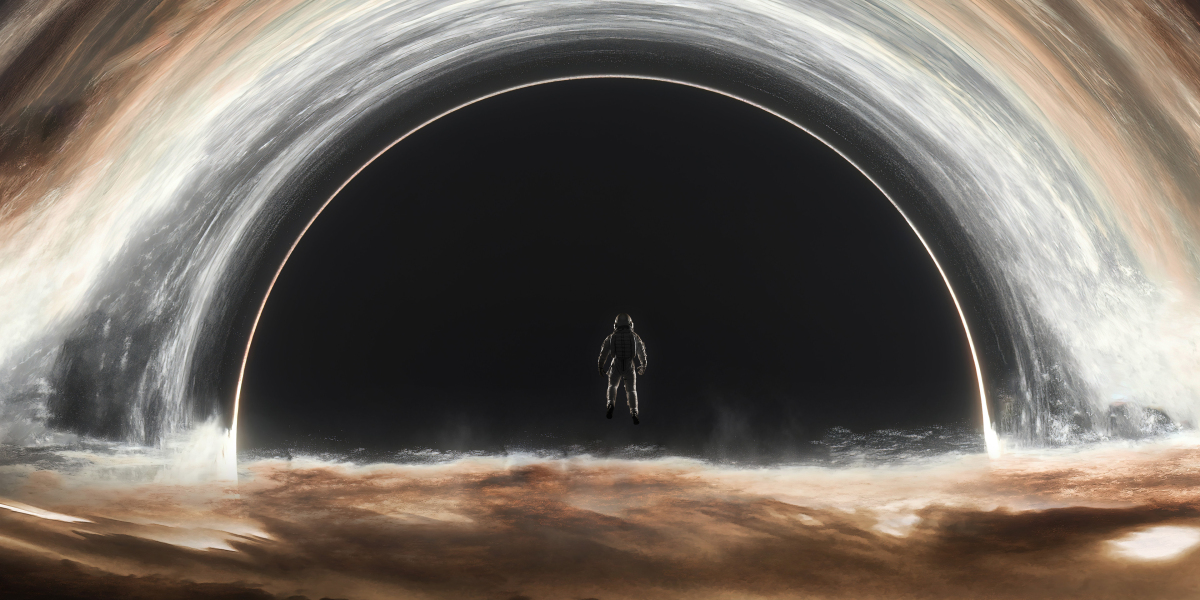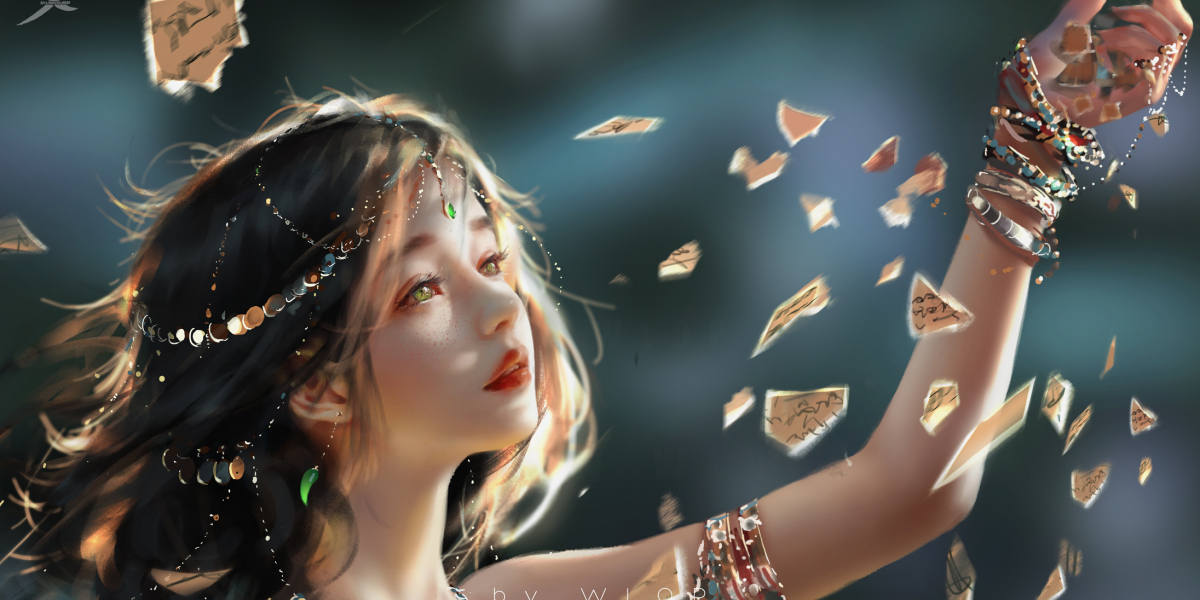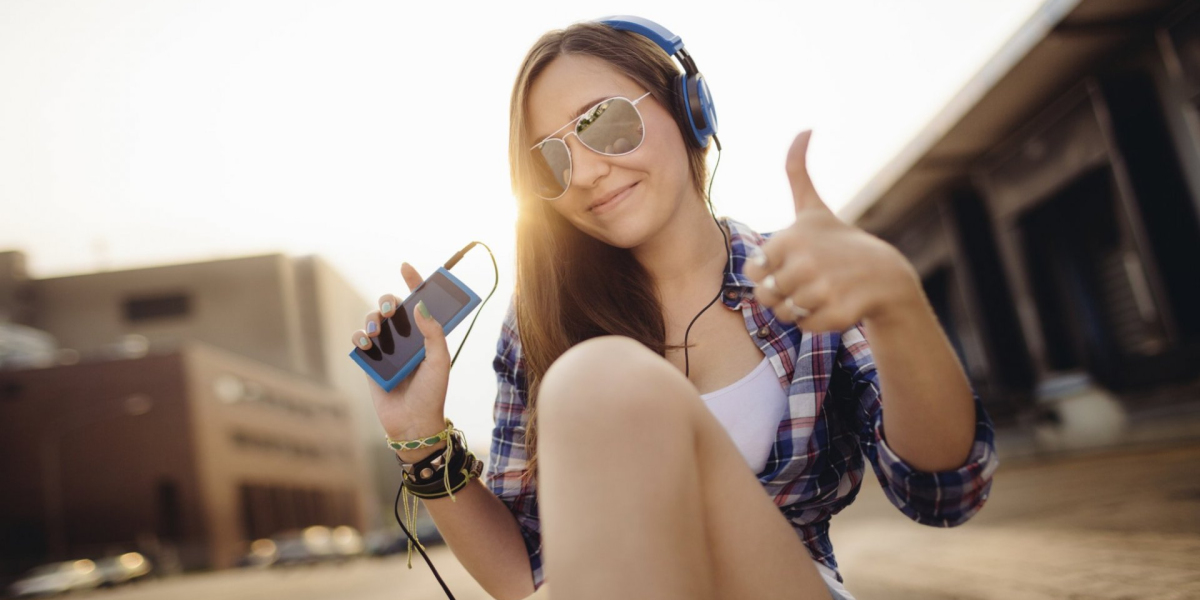Unlock Your Creative Potential: The Ultimate Guide to Choosing the Perfect Studio Lighting!
Studio lighting is one of the most crucial elements in photography, acting as the brush that paints your vision. Whether you are a budding photographer or a seasoned pro, the right lighting can elevate your images from mundane to breathtaking. However, selecting the right studio lighting equipment can be a daunting task, especially with the myriad of options available. Many photographers find themselves overwhelmed by the technical specifications and the variety of lighting setups they could choose from. From understanding the nuances of different light types to figuring out how they will work in your own space—there’s a lot to consider. This guide aims to demystify studio lighting, helping you make informed choices that enhance your creativity and improve your photography.
Understanding Studio Lighting Basics
Studio lighting encompasses various forms of artificial light used to illuminate subjects in photography. The most common types include continuous lighting, which provides a steady light source, and flash, which delivers a burst of light when capturing an image. Each type has its own unique characteristics and uses. Light quality refers to the softness or harshness of the light emitted. Soft lighting is often more flattering and is useful for portraits, while harsh light can create dramatic shadows and highlights, ideal for artistic shots. Intensity, or brightness, is another critical factor; it determines how well the light will illuminate your subject, which is particularly important in low-light conditions. Finally, color temperature impacts the overall mood of your images. Warmer tones can create a cozy feel, while cooler tones can convey a more clinical atmosphere. Understanding these fundamentals will help you select the right lighting for your specific photography needs.
Factors to Consider Before Purchasing Studio Lighting
Before diving into the world of studio lighting, it's essential to consider several key factors that will influence your decision. First, evaluate the space where you will be working. If you have a small area, you may prefer compact lighting solutions that don’t take up too much room. Next, your budget will play a significant role; lighting equipment can vary widely in price, and it’s crucial to find something that offers good value. Additionally, think about your intended use. Are you capturing portraits, product photography, or perhaps family events? Each style may require different lighting setups. Personal style also matters; understanding how you want your images to look will guide you towards the appropriate lighting choices. For instance, if you prefer a soft and dreamy aesthetic, you might lean towards softboxes or diffusers, while a more editorial approach might require harsher lighting setups. By considering these factors, you can make a more informed decision that aligns with your photography goals.
Comparing Different Types of Studio Lighting Equipment
When it comes to studio lighting, there are several popular options, each with its own advantages and disadvantages. Softboxes are a favorite among portrait photographers due to their ability to diffuse light, resulting in soft, flattering illumination. They are versatile and can be used for various subjects. On the other hand, umbrellas are lightweight and portable, making them a great choice for on-the-go setups, but they might not provide as much control over light direction. LED panels have gained popularity for their energy efficiency and adjustable color temperature, providing consistent lighting without the heat generated by traditional bulbs. However, they can be more expensive upfront. Lastly, ring lights are perfect for beauty and portrait photography, offering even lighting and a unique catchlight in the eyes. They are compact and easy to use, but may not be ideal for larger setups. When choosing your lighting equipment, it’s important to weigh these options against your specific needs and style to find the best fit for your photography endeavors.
Setting Up Your Studio Lighting
Once you’ve selected your lighting equipment, the next step is setting it up effectively. Start by positioning your main light source—typically a key light—at a 45-degree angle to your subject to create depth and dimension. Experiment with different heights and angles to see what works best for your subject matter. Using light modifiers like softboxes or reflectors can help control the quality of light, softening harsh shadows and enhancing the overall look. Don’t forget about the background; consider adding a backlight or rim light to separate your subject from the background, adding dimension to your images. Finally, take the time to test different setups before the actual shoot. This not only helps you understand how your lighting interacts with your subject but also allows for adjustments that can dramatically improve the final result. Getting familiar with your lighting equipment will lead to more creative and confident photography.
Maximizing Your Studio Lighting Skills
Choosing the right studio lighting can significantly enhance your photography and unleash your creative potential. By understanding the basics of studio lighting, considering crucial factors before purchasing, comparing different types of equipment, and mastering the setup process, you are well on your way to capturing stunning images. Remember, experimentation is key; don’t hesitate to try different lighting configurations and techniques. The more you play with light, the more you’ll discover not just about your subject, but about your unique photographic style as well. Embrace the journey and let your creativity shine through your lens! For excellent options, consider exploring studio light photography.








